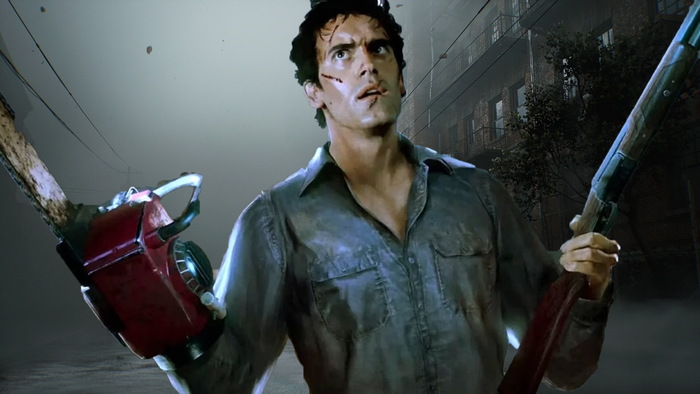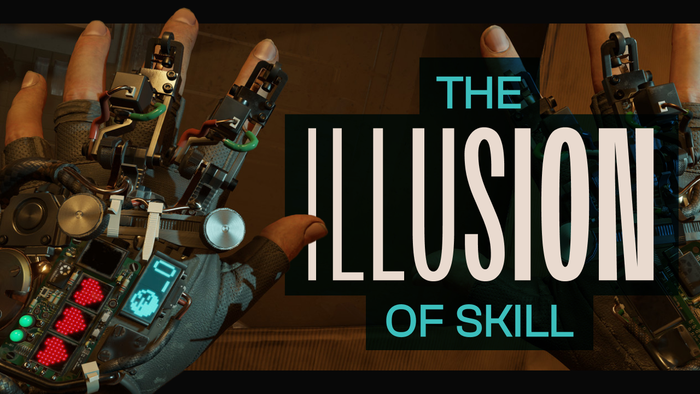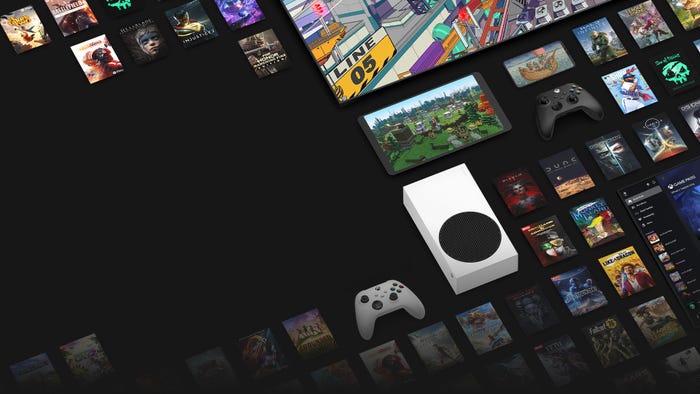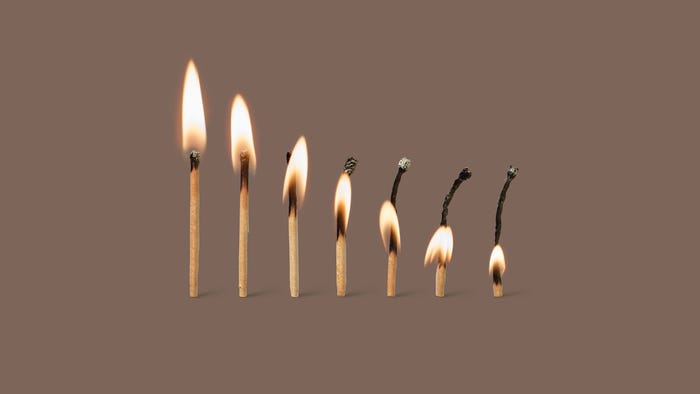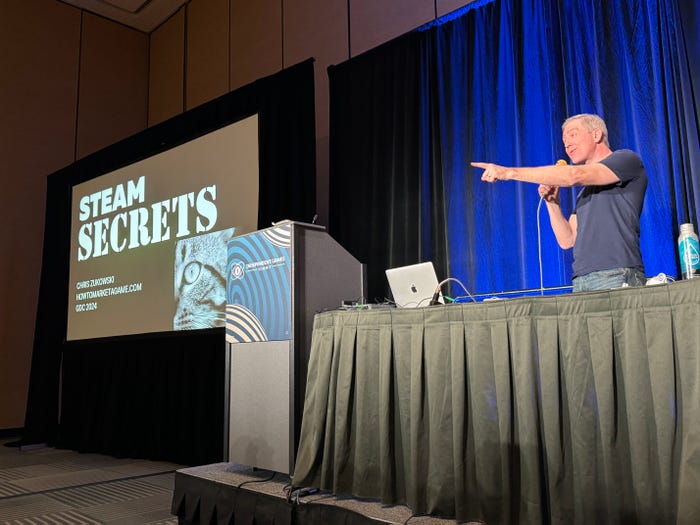Should indie developers charge more for their games?
Analysis on indie game pricing on Steam to see if indie developers could consider higher prices. 4 key takeaways when thinking about pricing your game.

The full version of this article has been published on the Video Game Insights blog.
Hi, I’m Karl Kontus, one of the creators of a free games market research platform called Video Game Insights. In this article I will look at Steam data of c. 22k indie games to see if there is any evidence that indie developers should charge more for their games.
Are higher priced indie games earning more money?
How to price an indie game? Should you price it very low to attract the audience and build a community to follow you to the next game or should you price it higher to maximise the potential earnings from each game? Let’s start our journey into money, games and statistics by looking at a simple table. We're looking at 22k indie games and how they distribute by price. I’ve used the Boxleiter method to calculate average gross revenue estimates for these games which works well with a high sample size and for the purpose of this research.
It's clear that higher prices generally lead to more sales. So, charge more, case closed? Well, not quite. It’s a good indication and a starting point, but there is likely some self-selection bias here, where higher priced games are more complex, refined, have bigger development teams and likely have higher marketing budgets.
What if we include complexity to the equation?
I’ve created a metric for how complex a game on Steam is. Using minimum system requirements, I’ve assigned a complexity metric to each game from 0-100%. I’ve sense checked this on individual games and even though there are outliers, it seems to be fairly accurate. NBA2K20 or Assassins Creed Odyssey have complexity ratings in the 90% range while Elder Scrolls: Legends (a card game) is at 15%. As we’re looking at big datasets, the outliers are less of a worry when it comes to directional results. I’ve used this to compare pricing of big studios and indie games across different complexity games and summarised the results in the graph below.
The most complex indie games, on average, cost as much as relatively simple AA or AAA card games. Now, that’s a pretty strong indication that there are very different approaches to pricing similar games for big developers and indies. Sure, big developers still have the marketing power and brand strength, but does this justify doubling or tripling the price?
Key consideration when pricing a game
When looking at 2 of the most popular price tags for indie games - $4.99 and $9.99, a developer should at least consider the possibility of pricing the game at $14.99 or $19.99. You can sell half the copies and still make more money when you price them at $19.99 rather than $9.99. To believe that a lower price is the right way to go, one has to think that more than half of the people who would otherwise buy the game at $9.99, would not buy it at $19.99 as the extra $10 pushes it over the limit. The key question when making this decision is: If I price it higher, how many less people will buy the game?
About the Author(s)
You May Also Like


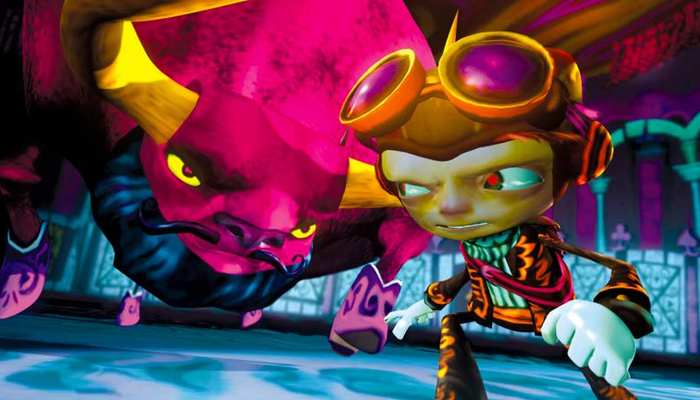
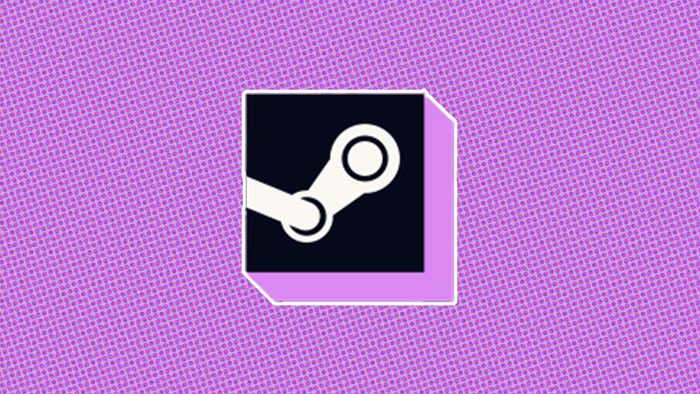

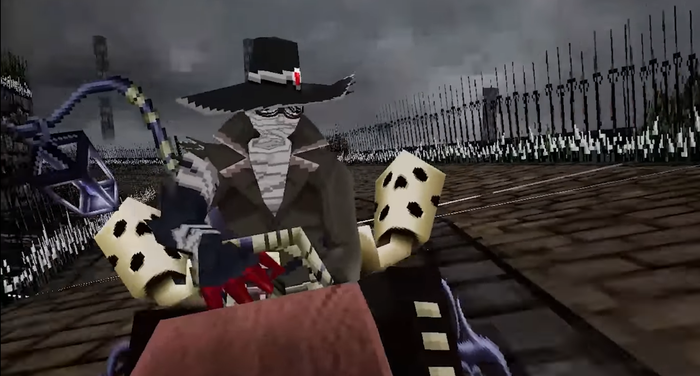
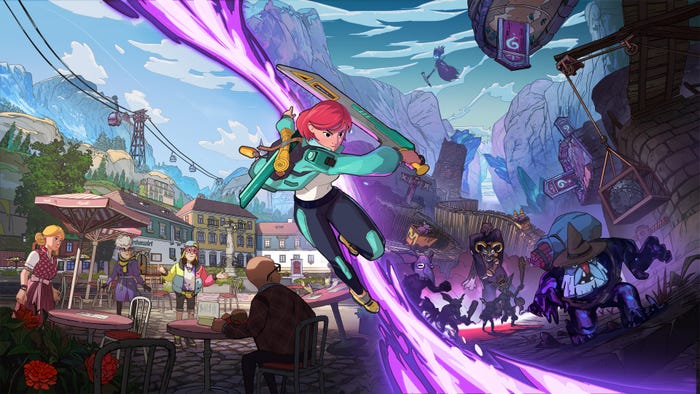
.jpeg?width=700&auto=webp&quality=80&disable=upscale)


